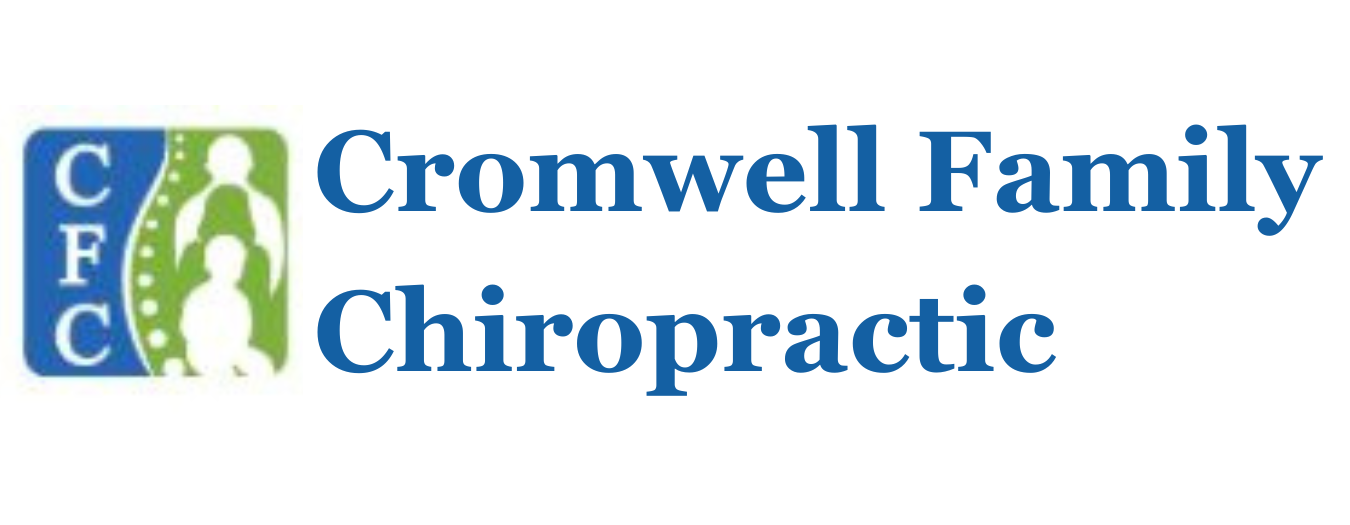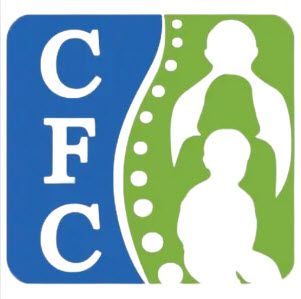Discs do not actually “slip”. Rather, they may herniate or bulge outward. A herniation is a displaced fragment of the center part of the disc.
Slipped Disc Treatment That Works: Fast Pain Relief Without Surgery
(Call for an Adjustment Today!)
You may have heard the term “slipped disc” used to describe a low back injury. Discs do not actually “slip”. Rather, they may herniate or bulge out from between the bones. A herniation is a displaced fragment of the center part or nucleus of the disc that is pushed through a tear in the outer layer or annulus of the disc. Pain results when irritating substances are released from this tear and also if the fragment touches or compresses a nearby nerve. Disc herniation has some similarities to degenerative disc disease and discs that herniate are often in an early stage of degeneration. Herniated discs are common in the low back or lumbar spine.
What causes disc to herniation?
Many factors decrease the strength and resiliency of the disc and increase the risk of disc herniation. Life style choices such as smoking, lack of regular exercise, and inadequate nutrition contribute to poor disc health. Poor posture, daily wear and tear, injury or trauma, and incorrect lifting or twisting further stress the disc. If the disc is already weakened, it may herniate with a single movement or strain such as coughing or bending to pick up a pencil.
Contact Us
How do I know if I have a disc herniation?
Herniated discs are most likely to affect people between the ages of 30 and 40. Disc herniations may be present without causing pain. The most common symptom will be pain in the area of the herniation that may radiate across the hips or into the buttocks. You may also experience numbness or pain radiating down your leg to the ankle or foot. If the herniation is large enough, you may notice weakness with extension of your big toe and you may be unable to walk on your toes or heels. In severe cases of lumbar disc herniation, you may experience changes in your bowel or bladder function and may have difficulty with sexual function.
How is a disc herniation treated?
Mild to moderate disc herniations can usually be treated conservatively with stretching, exercise therapy and chiropractic care. More advanced cases will often require some form of spinal decompression, such as traction or mechanical decompression, in conjuction with chiropractic care.
Occasionally, a herniation may be severe enough to warrant surgical intervention. These cases are usually reserved as a last resort when other forms of therapy have failed to relieve pain, or if there is significant compression of the spinal cord or nerves.
Are You Suffering From Slipped Disc Pain?
If you're experiencing sharp, shooting pain down your leg, numbness in your foot, or can't bend without agony - you're not alone. Over 3 million Americans suffer from herniated discs every year, but here's the good news: you don't need surgery to get relief.
⚡ IMMEDIATE RELIEF AVAILABLE
- Same-day appointments available
- Most patients feel improvement within 1-2 visits
- No surgery, no drugs, no downtime
- FREE consultation to determine if we can help
What Really Causes a "Slipped Disc"?
Despite the name, discs don't actually "slip." Instead, they herniate or bulge when the soft center pushes through a tear in the outer layer. This puts pressure on nearby nerves, causing:
- Sciatica pain shooting down your leg
- Numbness in your foot or toes
- Weakness when walking or standing
- Sharp pain when bending or coughing
Common Triggers:
✅ Poor posture from desk work
✅ Heavy lifting with improper form
✅ Age-related disc degeneration
✅ Sports injuries or car accidents
✅ Even simple movements like sneezing!
🎯 Our Proven 3-Step Treatment Process
Step 1: Precise Diagnosis (Day 1)
- Comprehensive spinal examination
- Movement and nerve testing
- X-rays if needed (on-site)
- Immediate pain relief techniques
Step 2: Targeted Treatment (Week 1-2)
- Spinal decompression to reduce disc pressure
- Chiropractic adjustments to restore proper alignment
- Therapeutic exercises to strengthen supporting muscles
- PEMF therapy to accelerate healing
Step 3: Long-term Recovery (Week 3-6)
- Corrective exercises to prevent re-injury
- Posture training for daily activities
- Lifestyle modifications for lasting relief
- Maintenance plan to keep you pain-free



